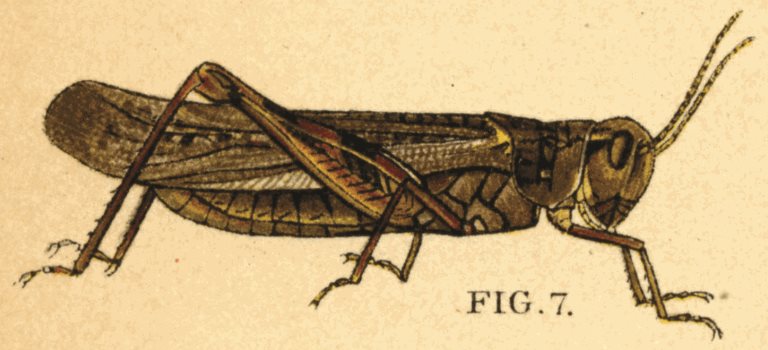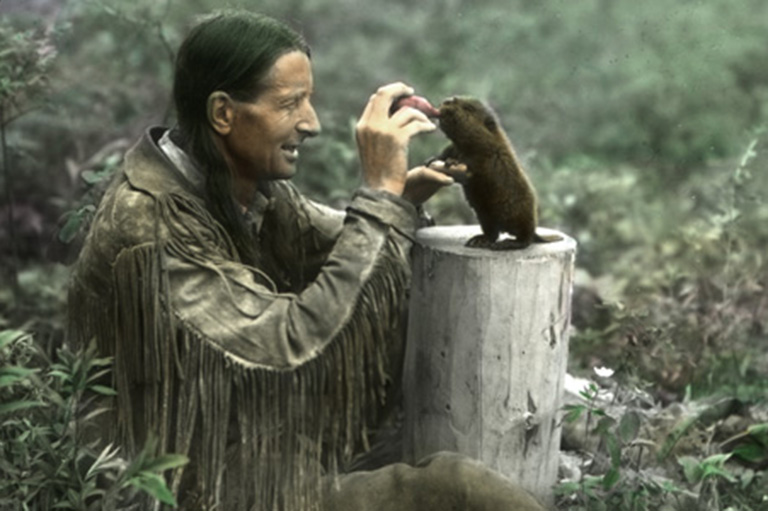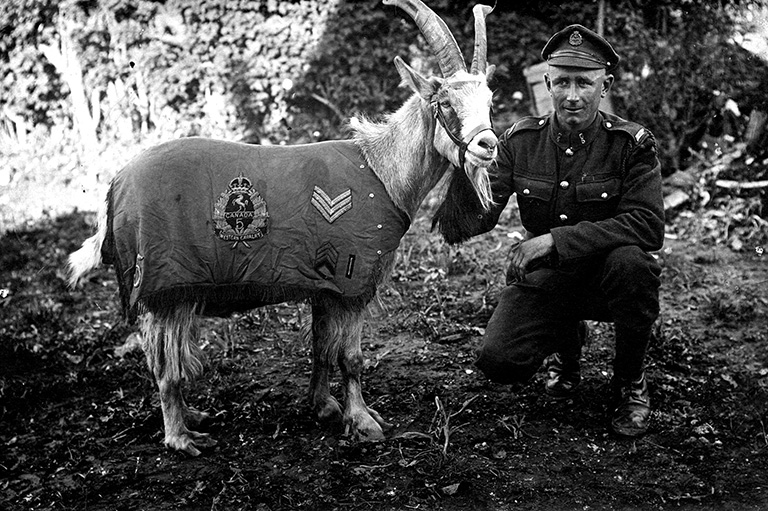Discover a wealth of interesting, entertaining and informative stories in each issue, delivered to you six times per year.
The Flight of the Locust

On July 19, 1902, twenty-seven-year-old Norman Criddle ventured into the garden of his father’s homestead near Treesbank, Manitoba.
A student of entomology who experimented with pest control, Criddle was on a quest to gather specimens of a familiar yet dreaded organism: Melanoplus spretus, the Rocky Mountain locust.
He found two, a male and a female, and added them to his growing collection. Little did he realize his specimens would be among the last survivors of their species.
It is difficult today to imagine the terror this insect once evoked in the West. Throughout the mid-to-late nineteenth century, like a recurrent Biblical plague, invading armies of locusts would descend from the sky to devastate pioneer farms, devouring crops and leaving destitution in their wake.
Yet, somehow, in just a few short decades, this species went from trillions to zero.
Entomologists are not completely certain why, or whether they will return.
View this animated video by Henry Reich, part of the Minute Earth series, for a quick primer on what happened to North America’s locusts:





